More than six decades ago, in 1959, Barry Gordy founded Motown Records — a label that would go on to define an era of music and launch some of the world’s most iconic artists. In Detroit, Michigan, the name Motown still echoes through the halls of 2657 West Grand Boulevard, home to the legendary Hitsville U.S.A.
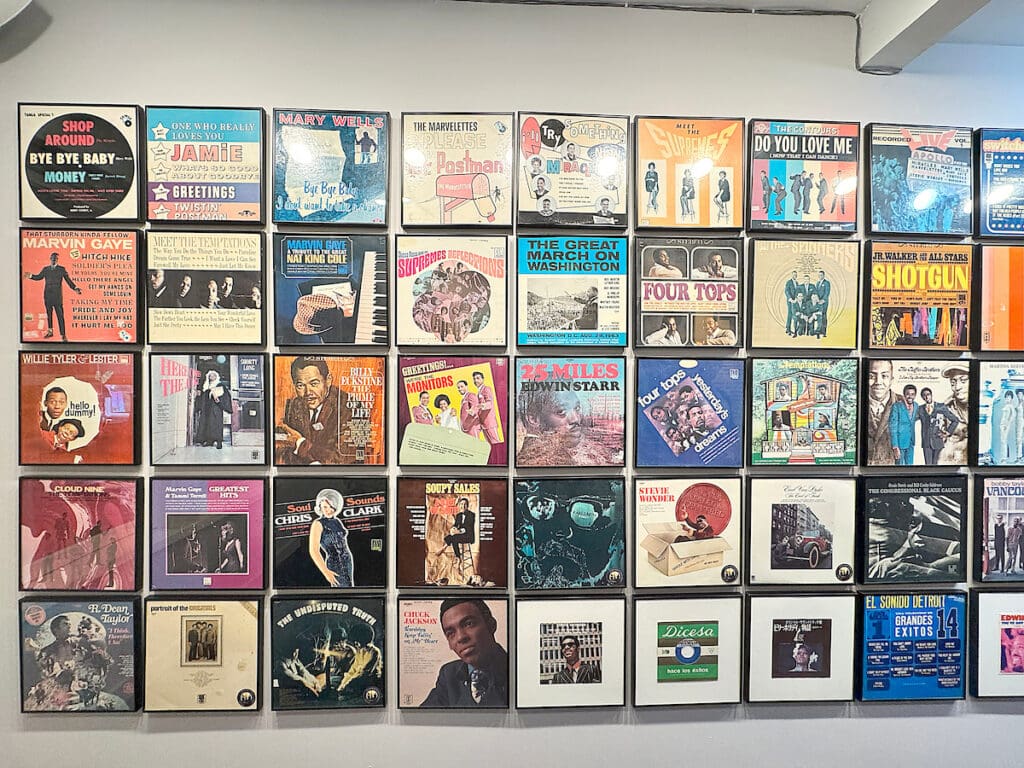
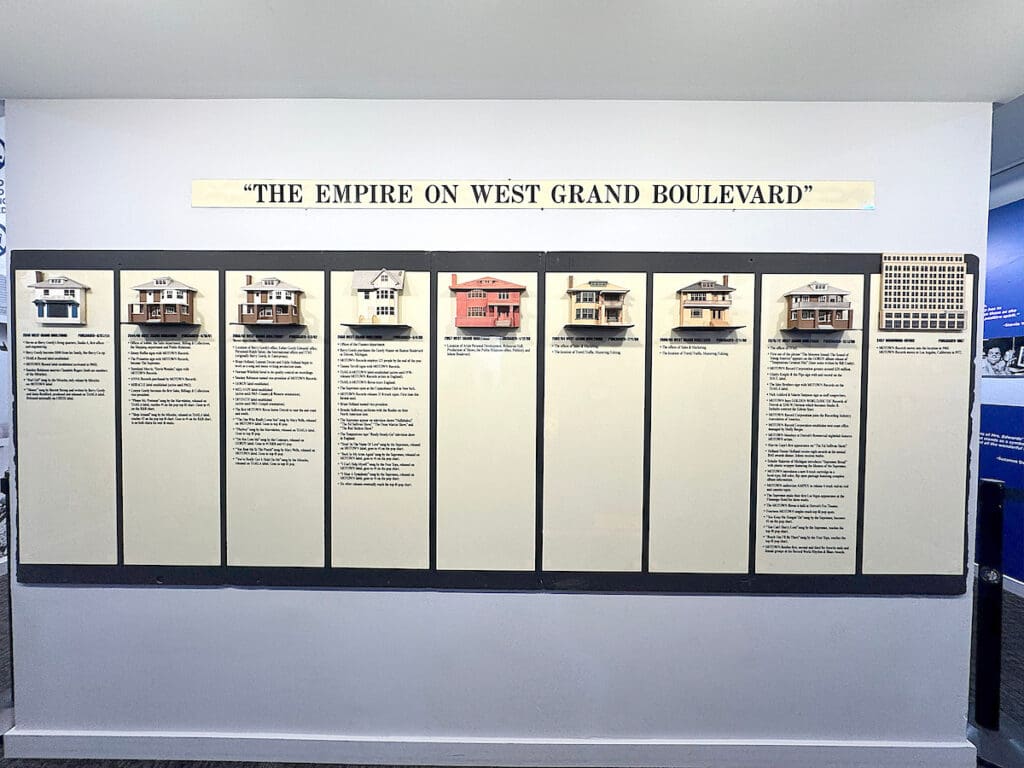
During our recent visit to Detroit, we made a stop at this historic landmark to explore the Motown Museum before renovations begin on its highly anticipated expansion. Our guide, Tyra, brought the story of Motown to life with her energy and passion, walking us through the label’s rich history and enduring legacy. The tour began with a short film about the Motown Sound, shown in the very room where the Jackson 5 once held their final audition — a powerful reminder of the timeless music born within these walls.
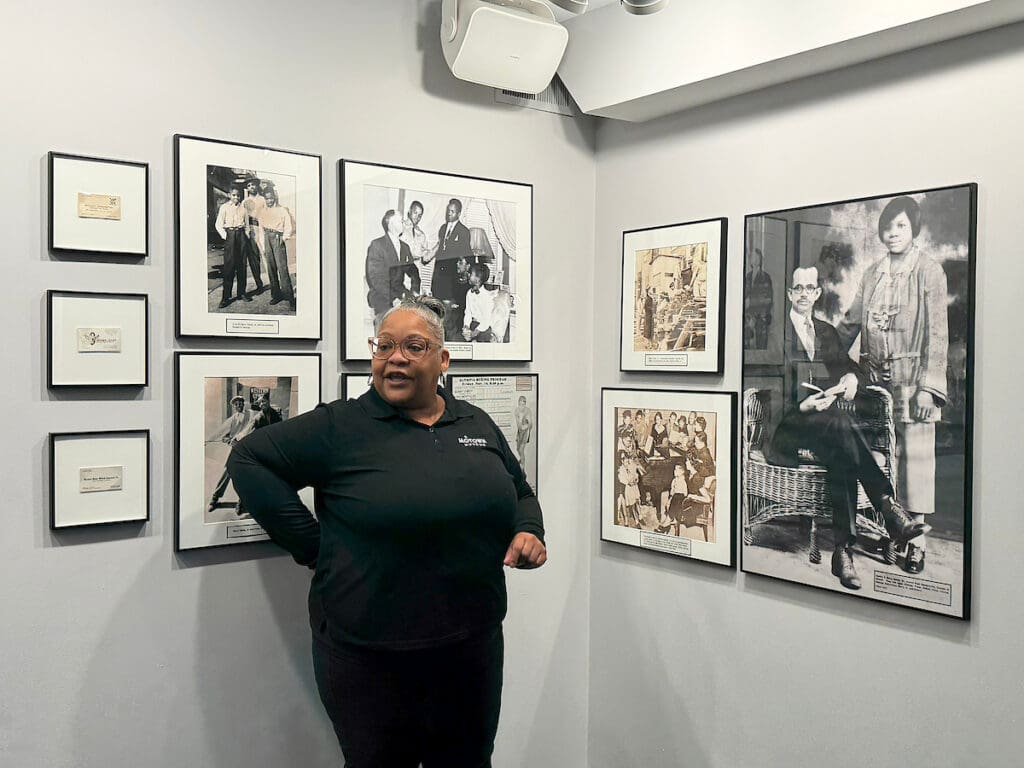
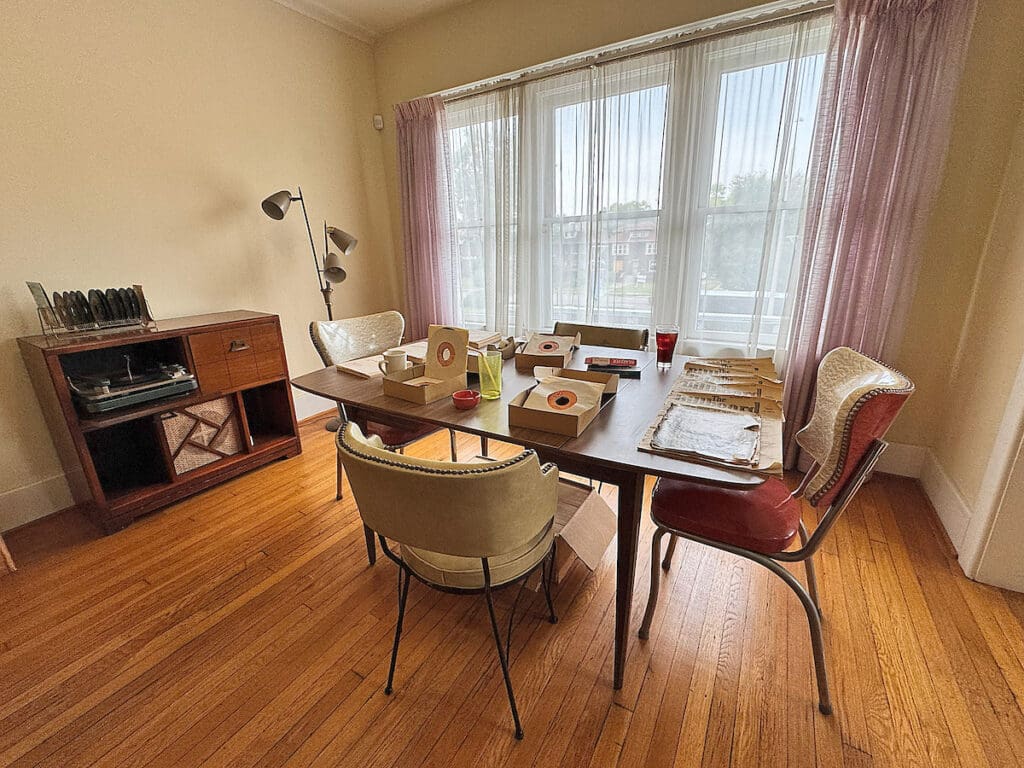
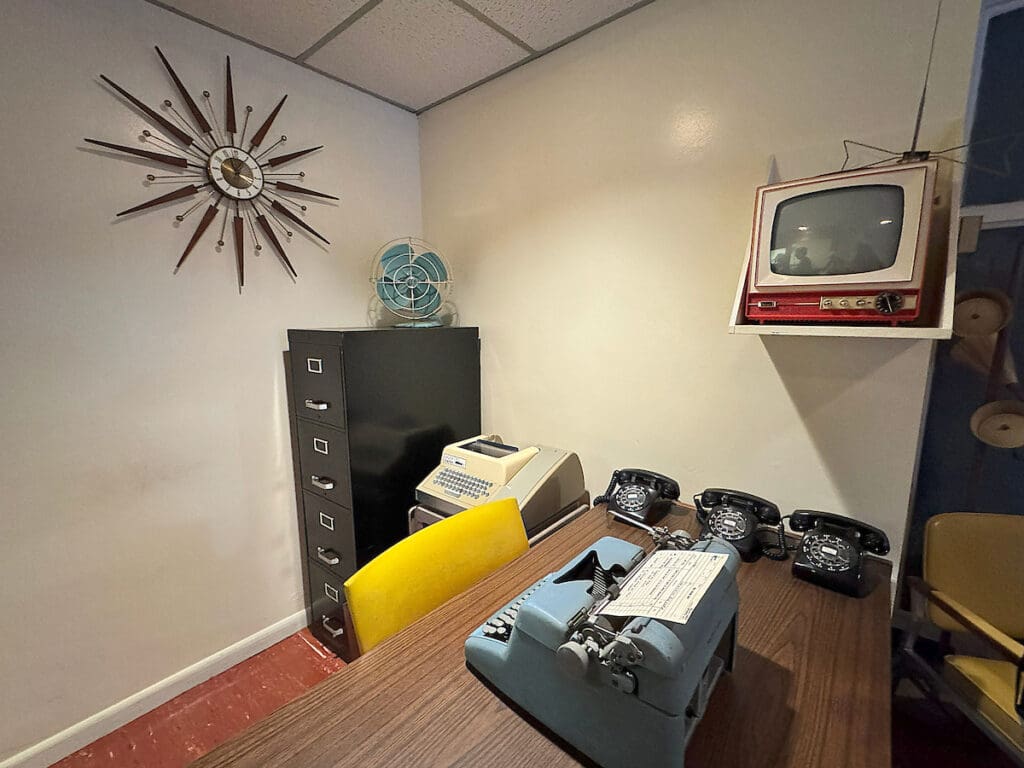
Berry Gordy was a regular man from a family of entrepreneurs who travelled North from Georgia for a better life. After trying dozens of careers that didn’t stick, Berry and his sister Ester partnered up to create their first record company where they employed many of their family members who played key roles in the operation. Ester became the guardian on tour with underage artists. When Gordy eventually made it big and moved to LA in 1972, Ester stayed in Detroit, founding the Motown Museum in 1985.
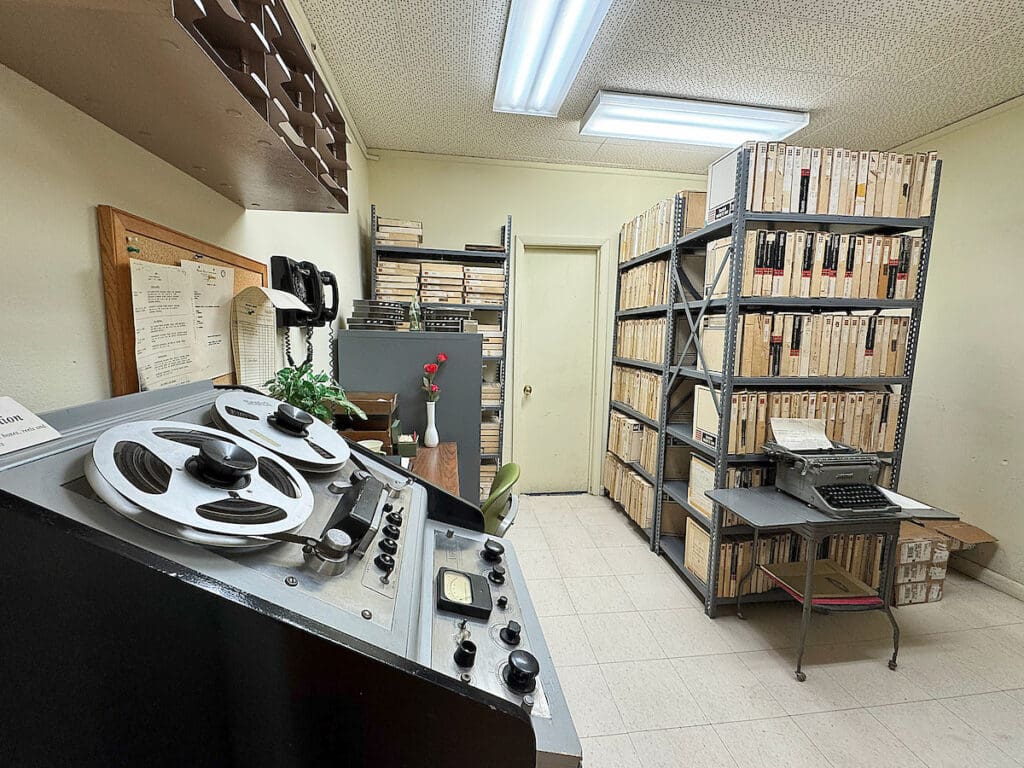
Berry purchased a two-family home in Detroit, where he moved into the upper section with his wife and son. His growing record company was built on the first floor. Studio A, housed in a converted photography studio at the back of the house, was dubbed Hitsville U.S.A. The home was also used to recreate stages and rehearsal spaces, even becoming a helping hand to Stevie Wonder who’s recreated stage helped him know how many steps to take to reach his performance mark. The candy machine is also around that Stevie Wonder used to get his favorite candy bar with coins on top for easy access.
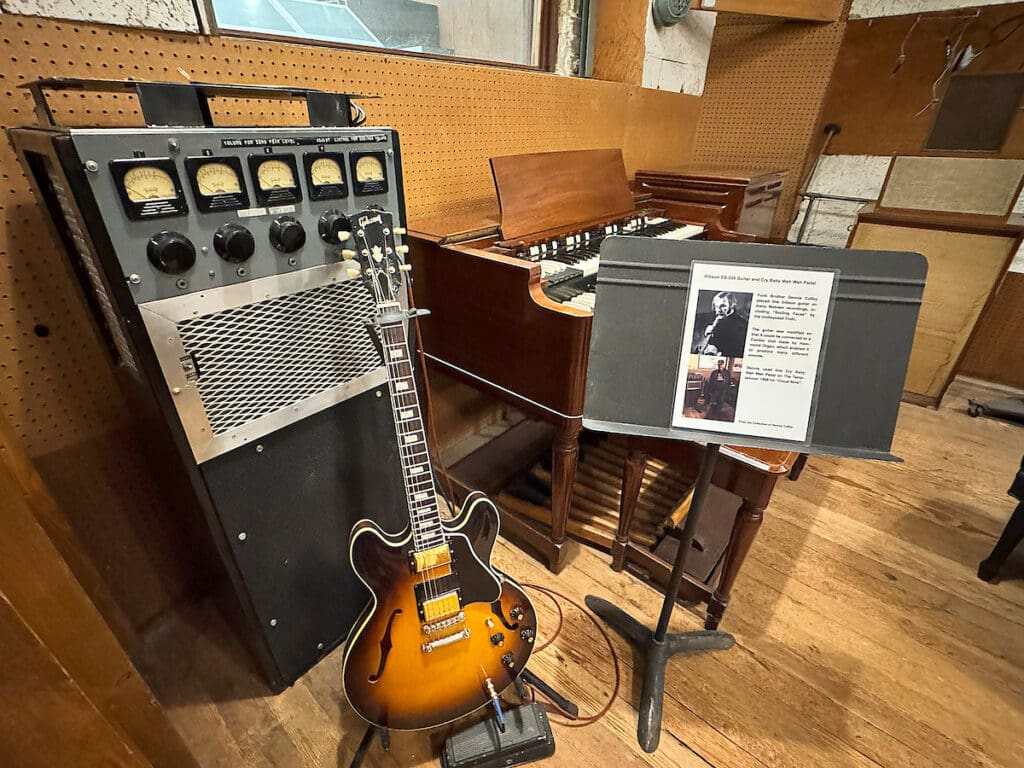
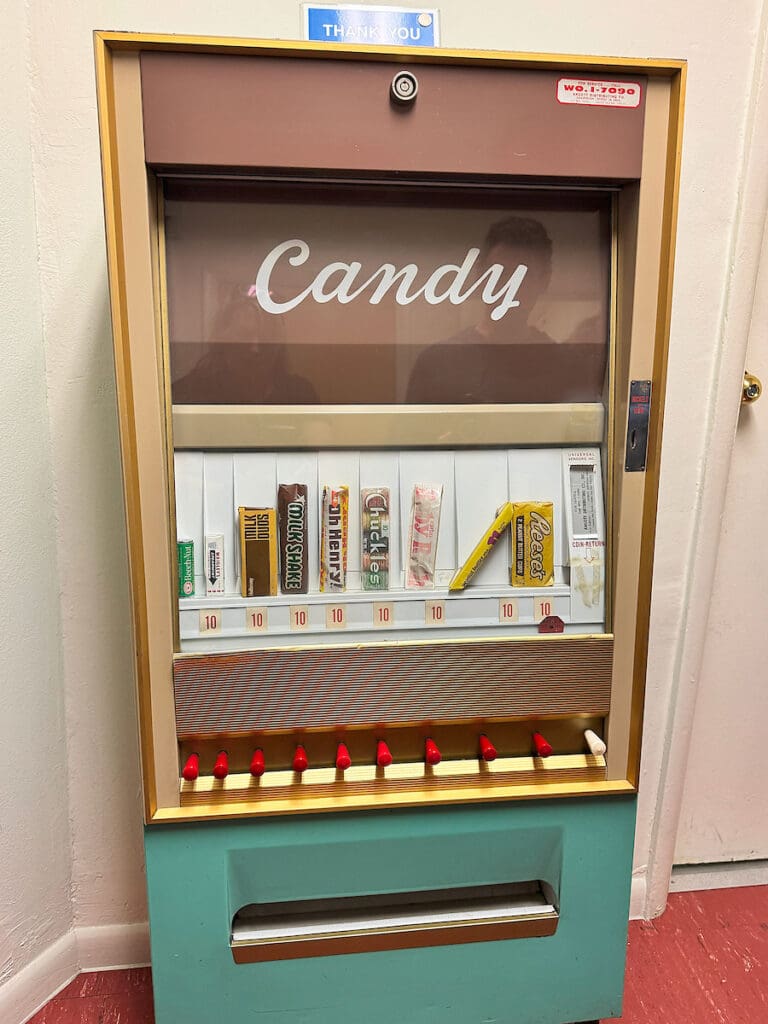
Gordy also used the space for an artist development program focused on stage performance etiquette, dancing, and how to have star quality. A special reverb chamber was created in the attic to record the special Motown Sound. In these very studios, Martin Luther King Jr. recorded his “I have a dream speech” before taking it to Washington D.C. Motown Records also scouted out talent who became the ‘Motown Sound’, including the Temptations, the Supremes, Marvin Gaye, Lionel Richie, the Jackson 5, and many more.
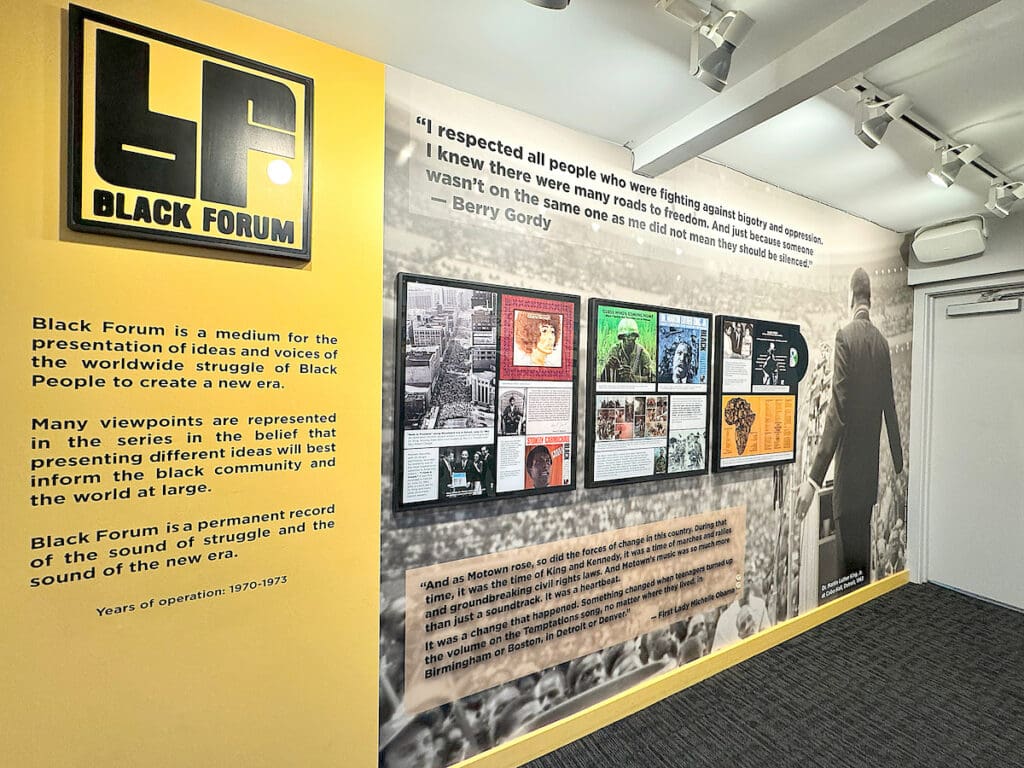
The Museum is now home to an extensive collection of authentic company artifacts, photographs, costumes, audio files, and other memorabilia. One of the coolest pieces of memorabilia on display is Michael Jackson’s glove which he donated to the museum collection.
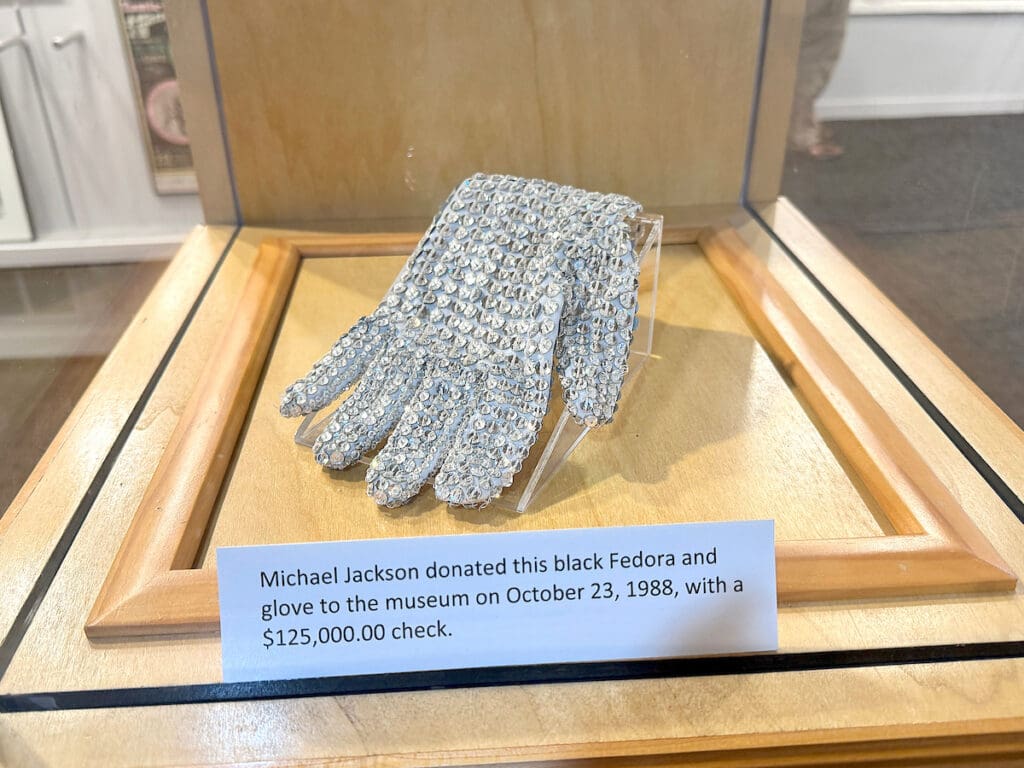
Our tour ended in the infamous Studio A, where in 2011, Paul McCartney visited and noticed the vintage 1877 Steinway grand piano. From years of use by Motown greats, the piano was unplayable and in bad condition. McCartney paid for the piano to be sent to New York City for a full restoration. The piano was returned to Studio A in 2013 and is still on display.
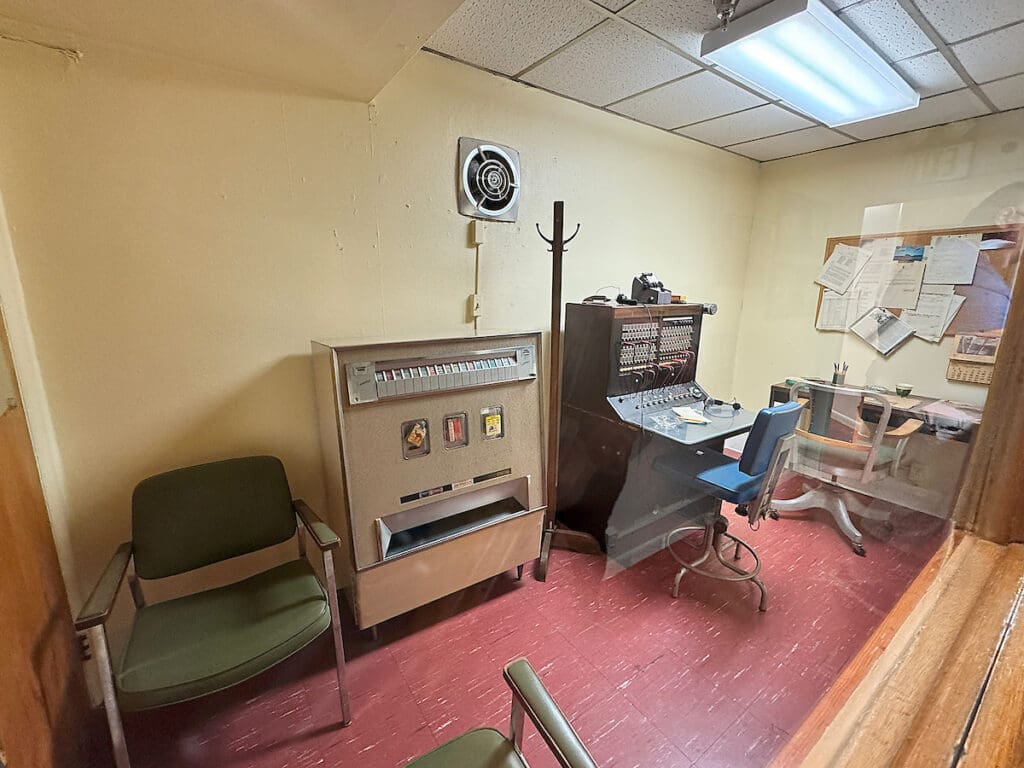
The Museum will be closing soon while a $50 million new addition is added, creating space for more archives to be shown and new interactive exhibits for fans and visitors. The museum will be expanded to a 50,00 square foot campus. 8 homes on the street have been purchased to be turned into the new connected museum around the Hitsville U.S.A. house.
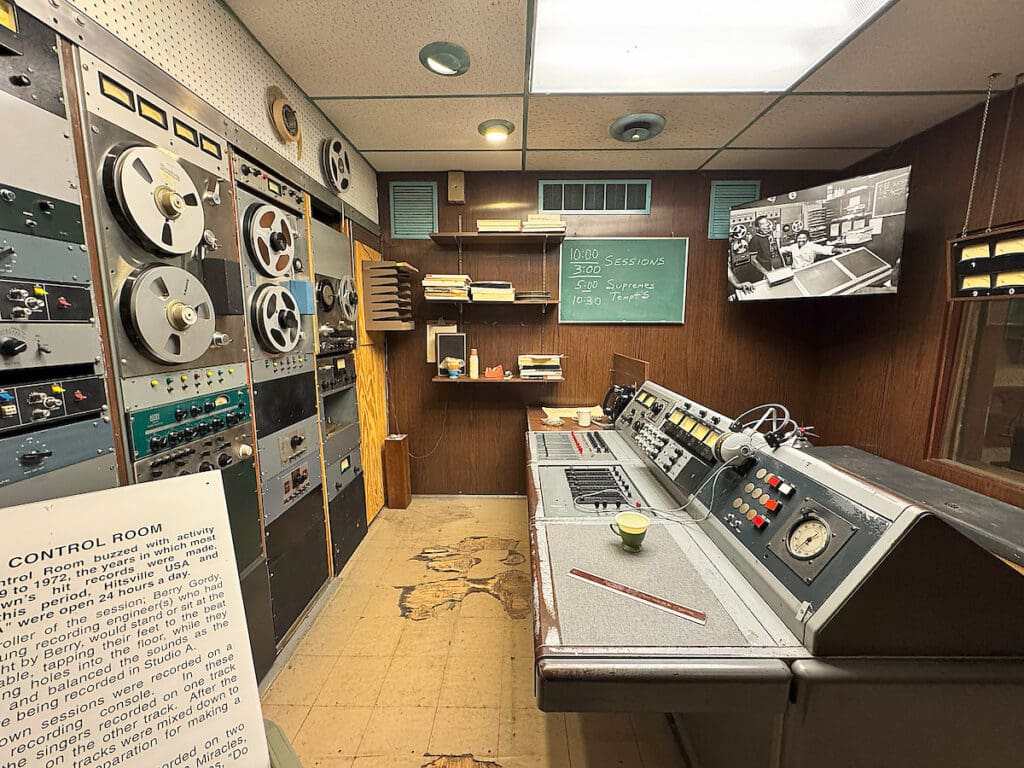
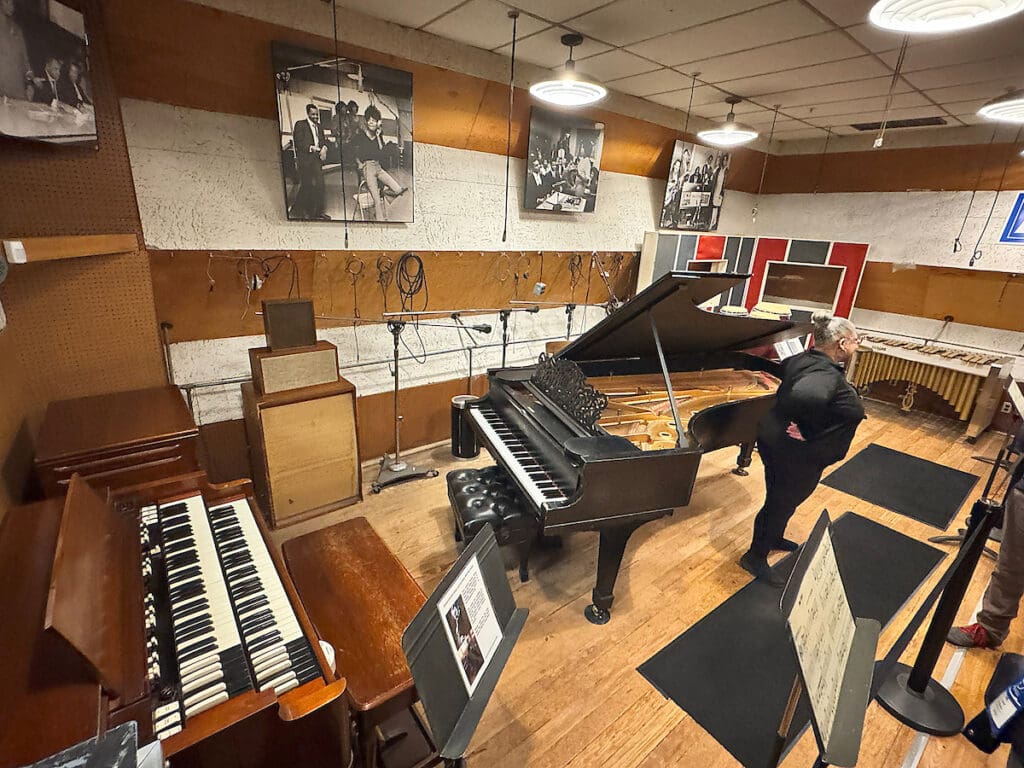
The Motown Museum is open Tuesday through Sunday from 10 a.m. to 6 p.m. Guided tours are offered Wednesday through Sunday from 10 a.m. to 6 p.m. Tickets are $20.00 for adults, and $17.00 for children and seniors.

